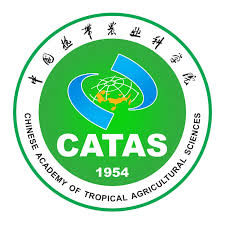| Publication Type | Journal Article |
|---|---|
| Abstract | Coconut (Cocos nucifera) is the emblematic palm of tropical coastal areas all around the globe. It provides vital resources to millions of farmers. In an effort to better understand its evolutionary history and to develop genomic tools for its improvement, a sequence draft was recently released. Here, we present a dense linkage map (8402 SNPs) aiming to assemble the large genome of coconut (2.42 Gbp, 2n = 32) into 16 pseudomolecules. As a result, 47% of the sequences (representing 77% of the genes) were assigned to 16 linkage groups and ordered. We observed segregation distortion in chromosome Cn15, which is a signature of strong selection among pollen grains, favouring the maternal allele. Comparing our results with the genome of the oil palm Elaeis guineensis allowed us to identify major events in the evolutionary history of palms. We find that coconut underwent a massive transposable element invasion in the last million years, which could be related to the fluctuations of sea level during the glaciations at Pleistocene that would have triggered a population bottleneck. Finally, to better understand the facultative halophyte trait of coconut, we conducted an RNA-seq experiment on leaves to identify key players of signaling pathways involved in salt stress response. Altogether, our findings represent a valuable resource for the coconut breeding community. |
| Publication Date | 2021 Jan 22 |
| DOI | 10.1038/s42003-020-01593-x |
| Citation | Yang Y, Bocs S, Fan H, Armero A, Baudouin L, Xu P, Xu J, This D, Hamelin C, Iqbal A, Qadri R, Zhou L, Li J, Wu Y, Ma Z, Issali AE, Rivallan R, Liu N, Xia W, Peng M, Xiao Y. Coconut genome assembly enables evolutionary analysis of palms and highlights signaling pathways involved in salt tolerance.. Communications biology. 2021 Jan 22; 4(1):105. |
Coconut genome assembly enables evolutionary analysis of palms and highlights signaling pathways involved in salt tolerance.
Summary
Publication Year:
2021




